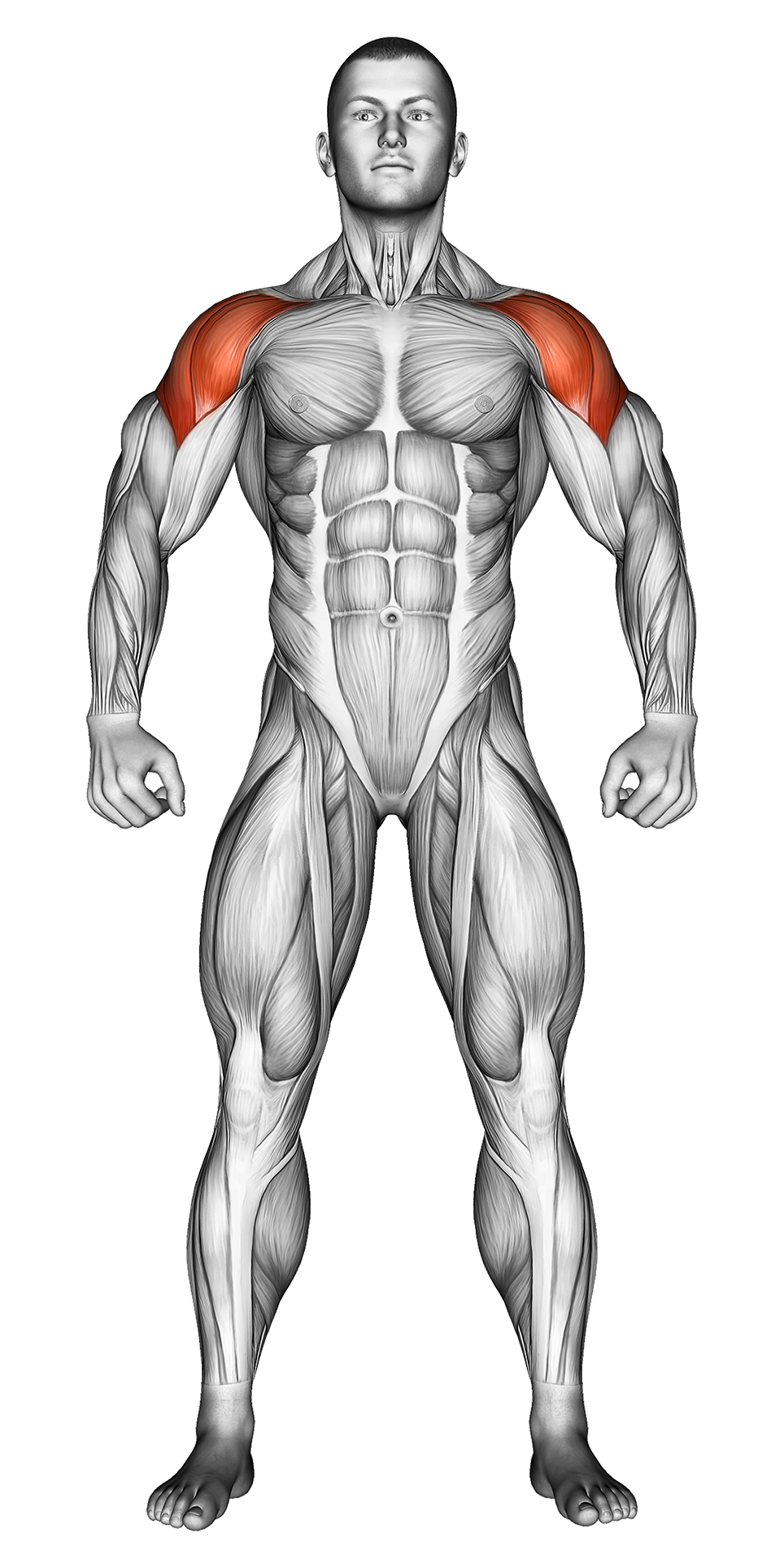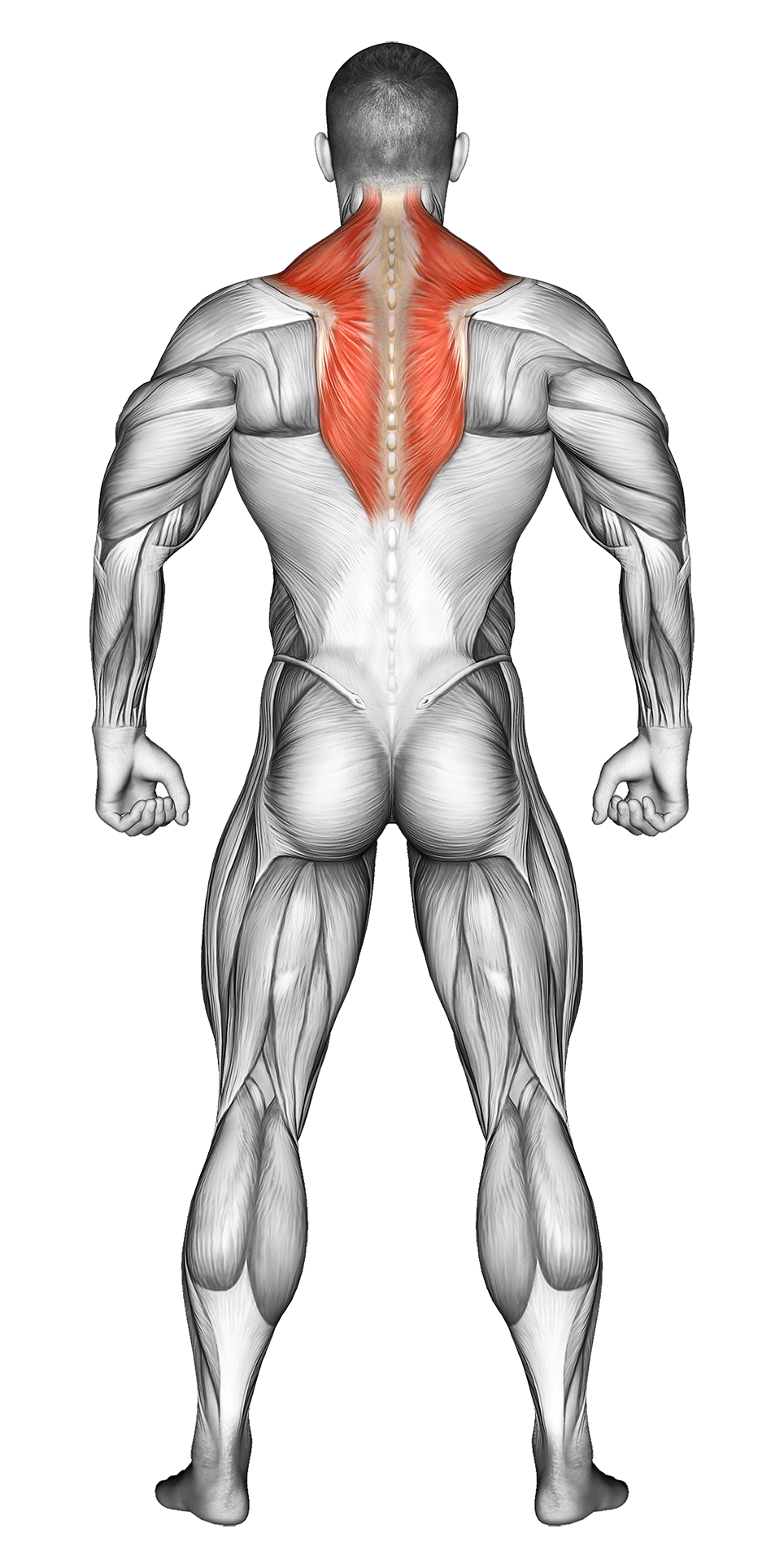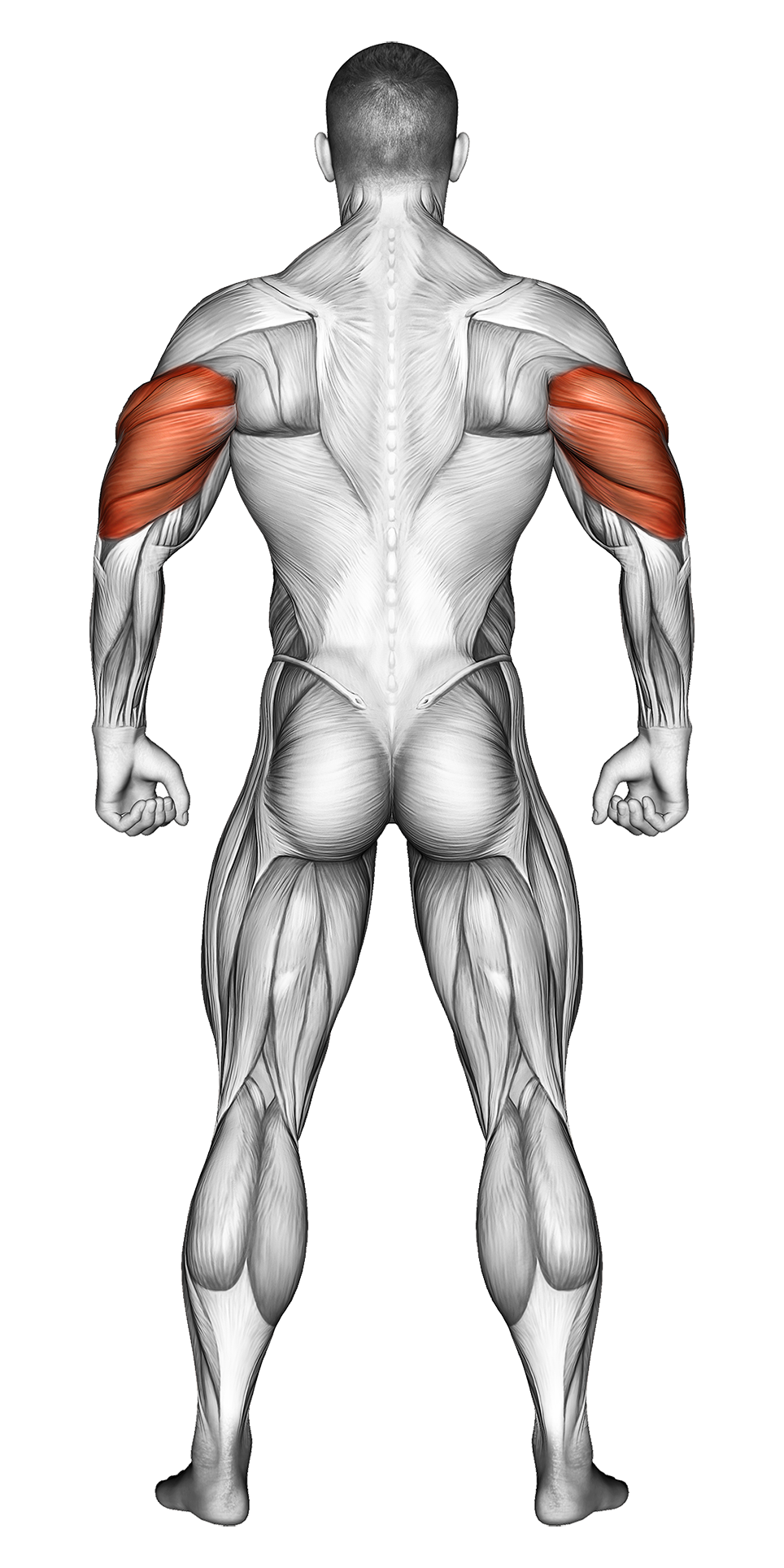Seated Barbell Shoulder Press: Video Tutorial & Exercise Guide
| Workout | Seated Barbell Shoulder Press |
| Primary Muscle Group | Shoulders |
| Secondary Muscle Group | Traps, Triceps |
| Equipment Required | Dumbbell |
| Force Type | Push |
| Mechanics | Compound |
| Exercise Type | Strength |
| Difficulty | Intermediate |
Seated Barbell Shoulder Press: Video Tutorial & Exercise Guide
Muscle Groups
- Primary Muscle Group- Secondary Muscle Group
Seated Barbell Shoulder Press - Step-by-Step Guide
Seated Barbell Shoulder Press Overview
Benefits of Seated Barbell Shoulder Press
Seated Barbell Shoulder Press Pro Tips & Advanced Techniques
Progression Plan for Seated Barbell Shoulder Press
Frequently Asked Questions (FAQs) Of Seated Barbell Shoulder Press
How to do Seated Barbell Shoulder Press – Step-by-Step Guide
- Step 1: Sit on a bench with back support and set a barbell on a rack at about chest height. Grip the barbell with an overhand grip, slightly wider than shoulder-width apart, and unrack the barbell, holding it at shoulder height.
- Step 2: Keep your feet flat on the ground, engage your core, and keep your back pressed against the bench for support. Your elbows should be slightly forward, and your wrists should be straight.
- Step 3: Press the barbell overhead, fully extending your arms. As the bar passes your head, move your head slightly back, then push it forward as the bar reaches the top.
- Step 4: At the top of the movement, your arms should be fully extended but not locked out. Pause briefly at the top, engaging your shoulders.
- Step 5: Slowly lower the barbell back to shoulder height, maintaining control and keeping your body upright. Repeat for the desired number of reps.
Seated Barbell Shoulder Press Overview
The Seated Barbell Shoulder Press is a powerful compound movement that focuses on building strength and size in the shoulders, particularly the deltoid muscles. By sitting with back support, you eliminate lower body involvement, allowing for greater focus on the shoulders, triceps, and upper chest.
This exercise is a staple in strength training routines for developing upper body pressing power. It engages the core and stabilizer muscles while also promoting better posture and shoulder mobility.
Benefits of the Seated Barbell Shoulder Press
The Seated Barbell Shoulder Press primarily targets the deltoid muscles (shoulders) while also engaging the triceps and upper chest. This exercise helps build overhead pressing strength, which translates to improved performance in other upper body exercises and sports.
By performing the press seated, you reduce lower body involvement and isolate the upper body, promoting better muscle engagement and reducing the risk of using momentum from your legs.
The strict form required for this exercise improves posture and strengthens the core, helping to stabilize the torso and prevent lower back strain.
Seated Barbell Shoulder Press: Pro Tips & Advanced Techniques
Keep your core tight and avoid arching your lower back during the press. Focus on pressing the barbell straight overhead, keeping your elbows slightly in front of your body to maintain proper shoulder alignment. To increase intensity, slow down the lowering phase or increase the weight progressively. Ready to build powerful shoulders? Let’s press!
Progression Plan for Seated Barbell Shoulder Press
| Level | Sets | Reps | Progression Tips |
|---|---|---|---|
| Beginner | 2 | 8-10 | Start with lighter weights to focus on mastering your form. Ensure that your core is engaged and that your back remains pressed against the bench throughout the movement. |
| Intermediate | 3 | 10-12 | Increase the weight as your shoulder strength improves. Focus on pressing the barbell overhead smoothly, without using momentum from your lower body. |
| Advanced | 4 | 12-15 | Use heavier weights and slow down the eccentric phase to increase time under tension. You can also add a pause at the bottom of each rep for extra muscle engagement. |
Frequently Asked Questions (FAQs) of Seated Barbell Shoulder Press
What muscles do Seated Barbell Shoulder Presses target?
This exercise primarily targets the shoulders (deltoids), with secondary engagement of the triceps and upper chest during the overhead pressing movement.
How is the Seated Barbell Shoulder Press different from the Standing Press?
The Seated Barbell Shoulder Press eliminates the involvement of the lower body, allowing for greater isolation of the shoulders and upper body. The standing press engages the lower body more for stabilization and power.
How can I make Seated Barbell Shoulder Presses more challenging?
To increase difficulty, use heavier weights or slow down the eccentric (lowering) phase. You can also try pausing at the bottom of the movement to add extra tension on the muscles.
How often should I include Seated Barbell Shoulder Presses in my routine?
Include this exercise 2-3 times per week as part of your shoulder or upper body workout. It pairs well with lateral raises and push-ups for a complete shoulder routine.
What common mistakes should I avoid?
Avoid arching your lower back during the press, as this can strain your spine. Keep your core engaged and your back pressed firmly against the bench for proper form and safety.
Share


